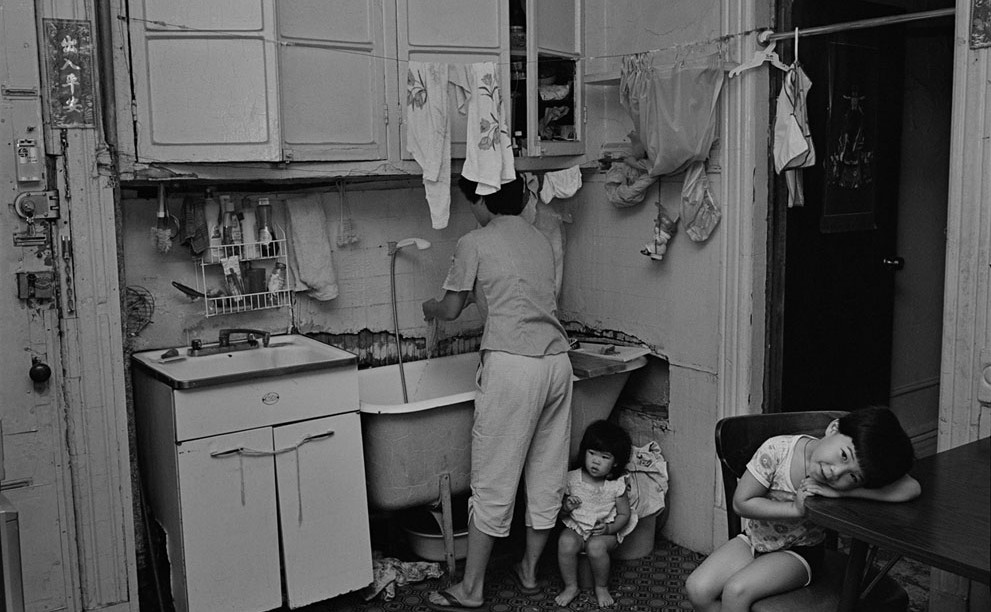Twenty years ago, photographer Bud Glick went on a mission to capture New York’s Chinatown for the New York Chinatown History Project, which is now the Museum of Chinese in America. These Chinatown negatives were recently scanned and made into large prints to access online as well. Trust me when I say they’re a must-see.

The photos were taken from 1981 to 1983, when a wave of immigrants was expanding the New York area. Glick’s goal for the project was to document this transition period. The change from a mostly male-dominated neighborhood (immigration laws started out permitting only males) into a burst of young families, community and culture.

As Glick told The Atlantic, “It’s exciting to revisit personal work that I did more than 30 years ago and interpret it digitally, a process that allows me the ability to get more out of a negative than I ever could in the darkroom.”
“I’m able to give new life to old work,” he continued. “More importantly, time has changed me and the way that I see the work. I’ve found images, overlooked in the past, that due to the passage of time have taken on new meaning and import.”

To have these photos on the internet makes Glick’s work permanent. His intimate portraits of life in Chinatown — of immigrants as they celebrate holidays, communicate with each other, ride transportation and make a living — show a part of America that sometimes flies under the radar.
“With the passage of time I see how my documentation of Chinatown life can both communicate what it felt like to live in Chinatown at that time and inform our current societal discussion of immigration,” says Glick.





More photos can be found in Glick’s online portfolio. Since the release of these photos online, Glick has been contacted by people he photographed over 30 years ago, or by their relatives. Of the experience, Glick says “it has been wonderful” and he hopes that if anyone recognizes themselves, relatives or friends in the photos, not to hesitate in contacting him. For the future, he hopes to continue digitizing the rest of his work and create a book and exhibition in honor of this project.
[wp_ad_camp_2]








